What Is A Good Website Bounce Rate? How to Measure & Improve Your Benchmarks
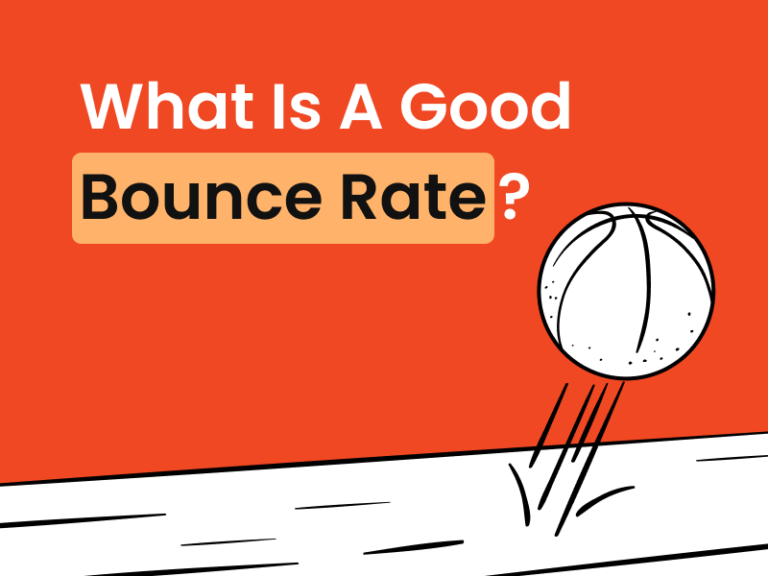
By Melissa Ng | Last Updated 8 April 2024
Introduction to Website Bounce Rate
What Is A Bounce Rate?
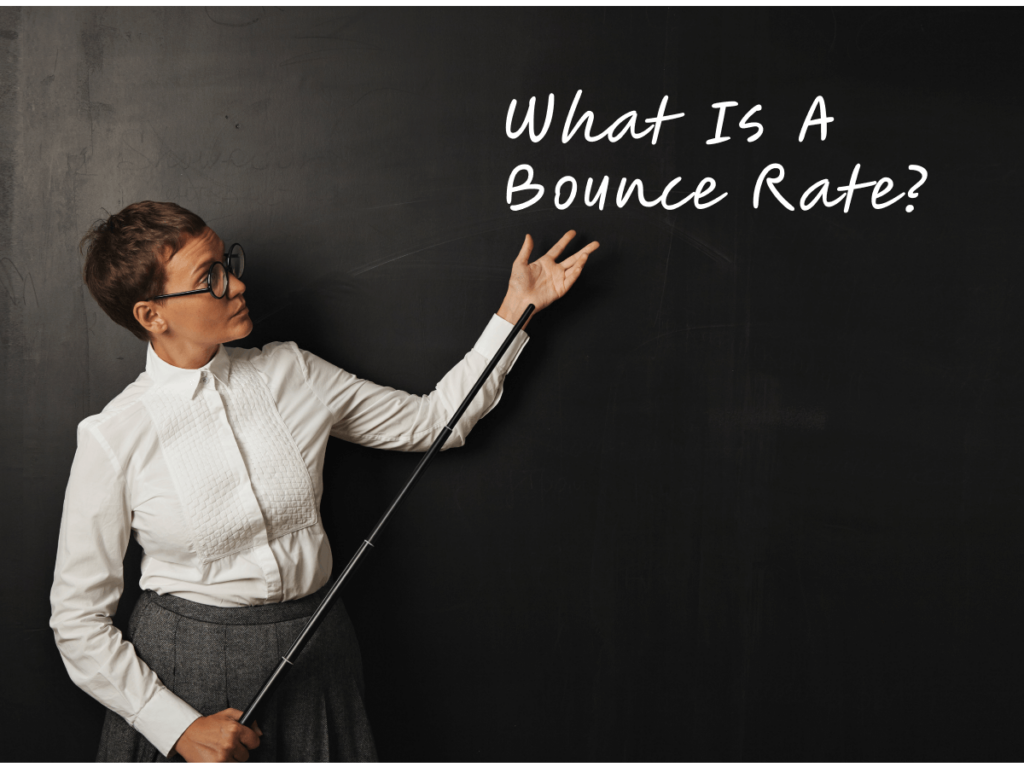
Ever wondered what a “bounce rate” is? It might sound like something from a sports game, but when it comes to websites, it’s super important.
Imagine someone pops into a party, takes a quick look around, and leaves straight away. That’s basically what happens when your website has a high bounce rate — people visit one page and then leave without checking out anything else.
You can learn more about the basics in our guide: What Is Bounce Rate? Definition, Google Analytics, And How To Achieve A Good Bounce Rate.
Why Should You Care About Your Bounce Rate?

Think of your bounce rate as a signal from your visitors. It tells you if they like what they see or if they think something’s not quite right. Keeping an eye on this number helps you understand if your website is doing its job.
Whether it’s about catching their interest or easy navigation, a good bounce rate means people are more likely to stick around and explore. This not only helps with making sales or getting sign-ups but could also boost your spot in Google searches. If your bounce rate is really high, it might be time to give your site an update to keep visitors happy.
Interpreting Bounce Rate Data
What Is A Good Bounce Rate

When it comes to bounce rates, the lower, the better.
If your website’s bounce rate is between 26-40%, you’re in the top league — excellent job! Sitting around 50%? That’s pretty standard; you’re keeping up just fine. But if it’s over 70%, it’s time for some serious work.
Remember, these figures can change. They vary a lot depending on what kind of content you offer and who’s looking at it. It’s crucial to check your specific data closely.
Bounce Rates Vary By Industry And Device

Bounce rates aren’t the same for everyone. They can differ a lot depending on what your site does.
For example, food and drink sites might have bounce rates as high as 65%, while real estate pages might see rates around 44%.
Device types also play a big role. People browsing on mobiles tend to leave more quickly than those on desktops, with tablet users falling somewhere in between.
This shows how important it is to know your audience and how they access your site, helping you tweak your approach to keep them around longer.
Factors Influencing Bounce Rate
Matching Your Content With Your Visitor’s Expectations
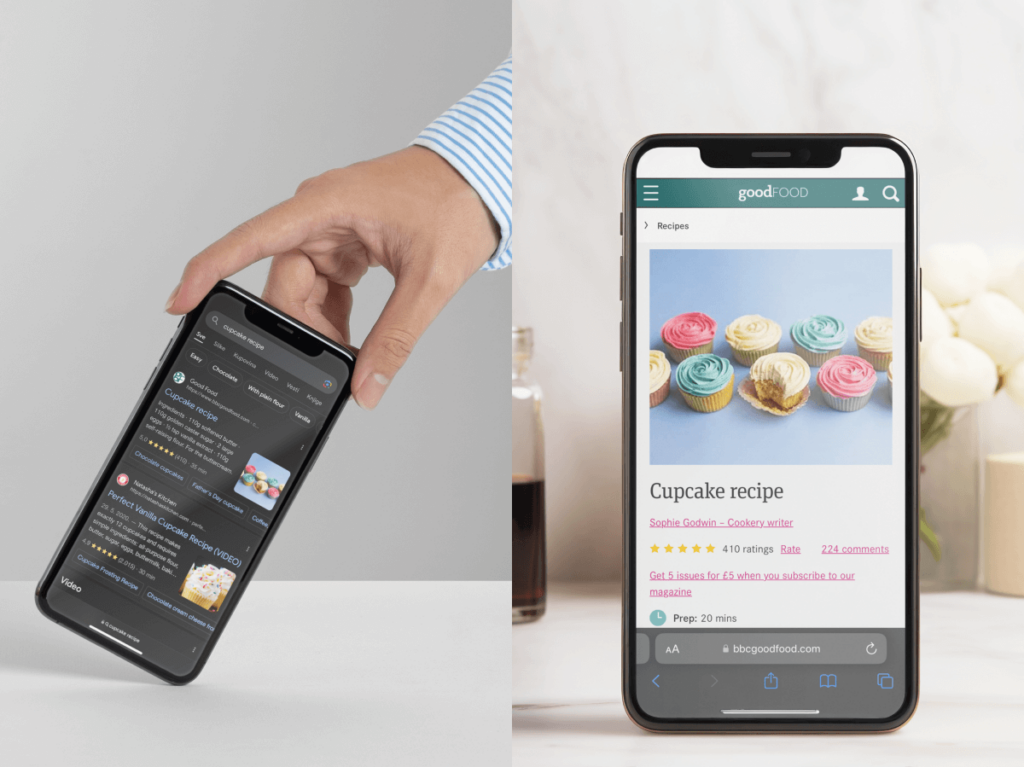
You’ve got visitors coming to your site, but what are they finding?
If your content doesn’t meet their expectations, they’ll leave pretty quickly. It’s crucial to deliver what you promise in your ads or search snippets.
People click because something caught their eye; if they arrive and find something unrelated or uninteresting, they’re likely to leave right away. Make sure your content matches what they’re searching for.
Website Design and User Experience

Good website design is more than just attractive colours and fonts; it’s about the whole setup. Your site should guide visitors smoothly, with a layout that’s tidy and clear.
Your design should work beautifully on any device, making everyone feel right at home. And don’t forget about the user experience — avoid annoying features like pop-ups. They can drive visitors away faster than you can say “click.”
Aim for a design that’s not only good-looking but also practical, making visitors want to stick around longer.
How To Improve Your Bounce Rate
Content Quality & Variety

It’s time to create content that really sticks. Go deep on topics, break them down clearly, and offer insights that go beyond the basics.
Switch out those light, fluffy posts for solid, detailed articles that answer questions comprehensively. Also, mix in different types of content like videos, infographics, and images to make your pages more engaging than just text alone.
The more valuable the visit, the more likely visitors are to stick around, come back, or even share your site.
Website Speed & Mobile Optimisation

Your time to impress visitors is super short. With so many technical advancements, site speed is crucial.
A fast-loading site keeps people happy, while a slow one drives them away.
Here’s what to do: compress images, choose a good hosting service, and cut down on excess code.
Remember, no one wants to wait more than a few seconds for a page to load, especially on mobile.
Speaking of mobile, make sure your site looks good and works well on all devices. Mobile users are everywhere, and they expect a smooth experience.
Consider using Google’s Accelerated Mobile Pages or follow best practices for responsive design. Making your site mobile-friendly is key — it helps keep visitors engaged longer.
You can read more tips in our blog post: Speed Up Your Site: Essential Tips On How To Improve Website Page Speed
Advanced Tips To Reduce Bounce Rate
Use Interactive Content & Eye-Catching Visuals

Interactive content and striking visuals keep people engaged. Include things like interactive ebooks, quick quizzes, or attractive lookbooks to encourage visitors to participate, not just passively scroll.
When visitors interact with your content — clicking, swiping, tapping — it turns their experience into a dynamic conversation. It makes them feel involved in what’s happening on your site.
And visuals? They’re crucial for grabbing attention fast.
Use images that not only catch the eye but also help tell your story and guide visitors to what they should do next, whether it’s reading more, signing up, or making a purchase.
Make your visuals meaningful — more than just pretty additions, they should act as signposts pointing visitors towards their next steps.
Enhancing Meta Descriptions & Title Tags
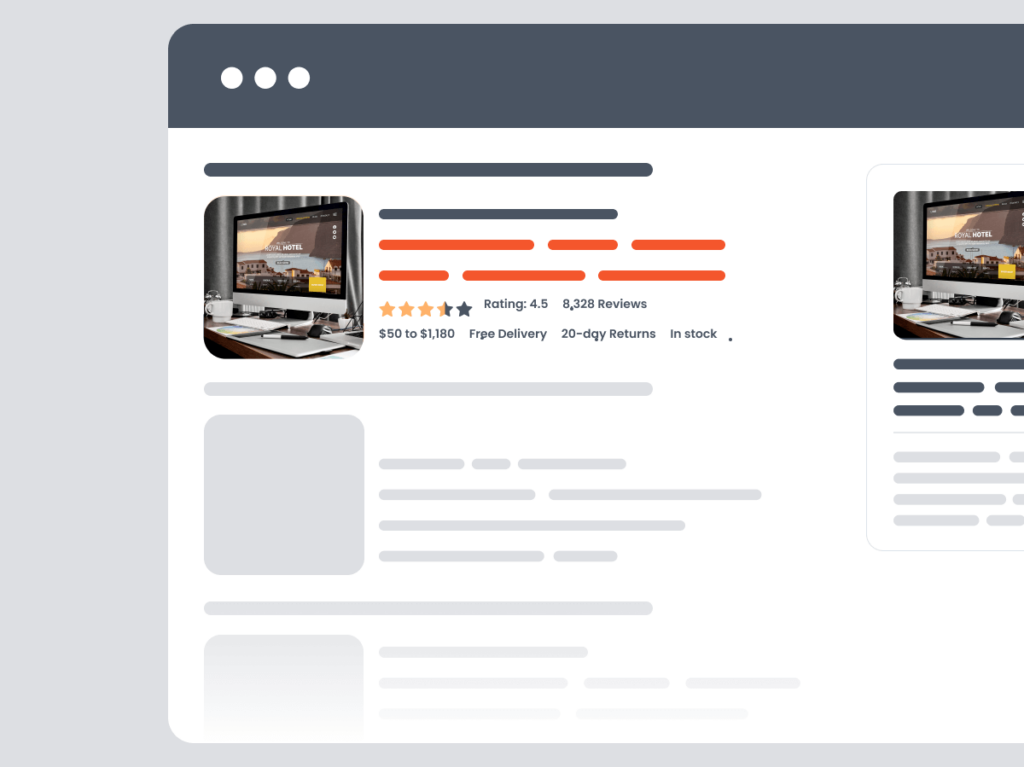
Meta descriptions and title tags are crucial for your website’s visibility in search results. They act as a brief preview of what’s on your page. Make them engaging and you’ll attract more visitors; if they’re misleading or dull, people might leave quickly.
Here’s what to do: ensure your titles and descriptions are clear, appealing, and include relevant keywords. It’s important to be truthful and accurate.
The title should accurately reflect the page content, and the meta description should give a brief overview without revealing too much.
Properly aligning these elements with your content sets the right expectations. If done correctly, they not only increase clicks but also encourage visitors to stay longer on your site, which can help lower your bounce rate.
How Does Bounce Rate Impact SEO?
Bounce Rate vs. Exit Rate

Bounce Rate and Exit Rate are important metrics, but they track different things.
Bounce Rate measures the percentage of visitors who land on your website and leave from the same page without any interaction — it’s all about first impressions.
Exit Rate, however, records the last page that visitors view before they leave your site, regardless of how many pages they’ve visited before that. It’s more concerned with how visitors conclude their visit.
Both metrics are useful for optimising your website’s user experience.
For example, a high Exit Rate on a ‘Thank You’ or ‘Contact’ page is normal, but if other pages have high Exit Rates, it might indicate a problem.
Does Bounce Rate Affect Google Rankings?
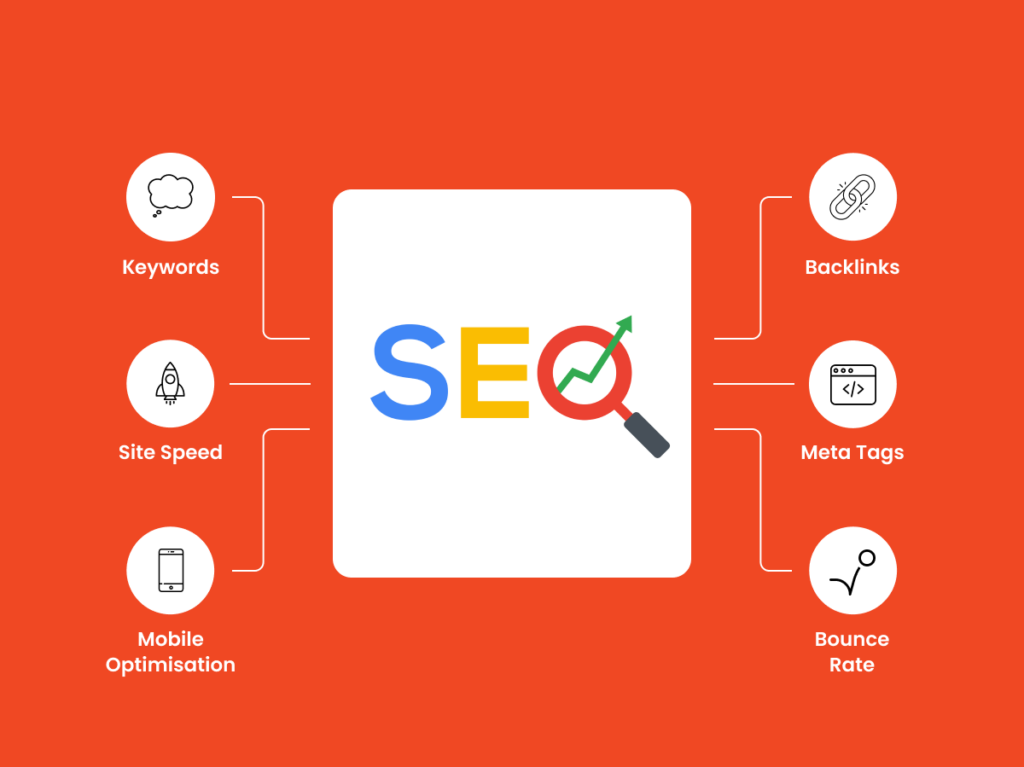
There’s ongoing debate about whether Bounce Rate directly influences Google rankings.
Although Google’s algorithm details are not fully disclosed, they have indicated that Bounce Rate is not a direct ranking factor.
However, a high Bounce Rate can signal potential issues such as slow load times or irrelevant content, which do affect rankings.
Therefore, while Bounce Rate itself might not directly impact your SEO, the factors associated with it can. It’s essential to focus on providing a great user experience to indirectly support better rankings.
FAQ Section
Why Is It Important To Aim For A Lower Bounce Rate?
Aiming for a lower bounce rate is beneficial because it indicates that visitors are engaging more deeply with your site.
When visitors stay longer and explore multiple pages, it suggests they find your content valuable and relevant. This engagement is crucial not just for improving vanity metrics like page views but also for achieving tangible results such as increased conversions, sales, and customer satisfaction.
Ultimately, a lower bounce rate can lead to repeat visits and help build a strong online reputation. The goal is to create an inviting website that encourages visitors to stay and explore what you offer.
Can A High Bounce Rate Be A Good Sign For Some Types Of Websites?
Yes, in certain contexts, a high bounce rate isn’t necessarily bad.
For example, on pages like a quick-contact form or a menu for a restaurant, visitors might find exactly what they need quickly and leave satisfied. In these cases, a high bounce rate simply means the page effectively provided what was needed with efficiency.
It’s like delivering exactly what the visitor came for without any fuss. So, a high bounce rate on specific types of pages can actually be a sign of success, indicating that you’ve met your visitors’ needs effectively.
Submit An App
Seen a cool app you think we should review? Submit your recommendation using our form.
